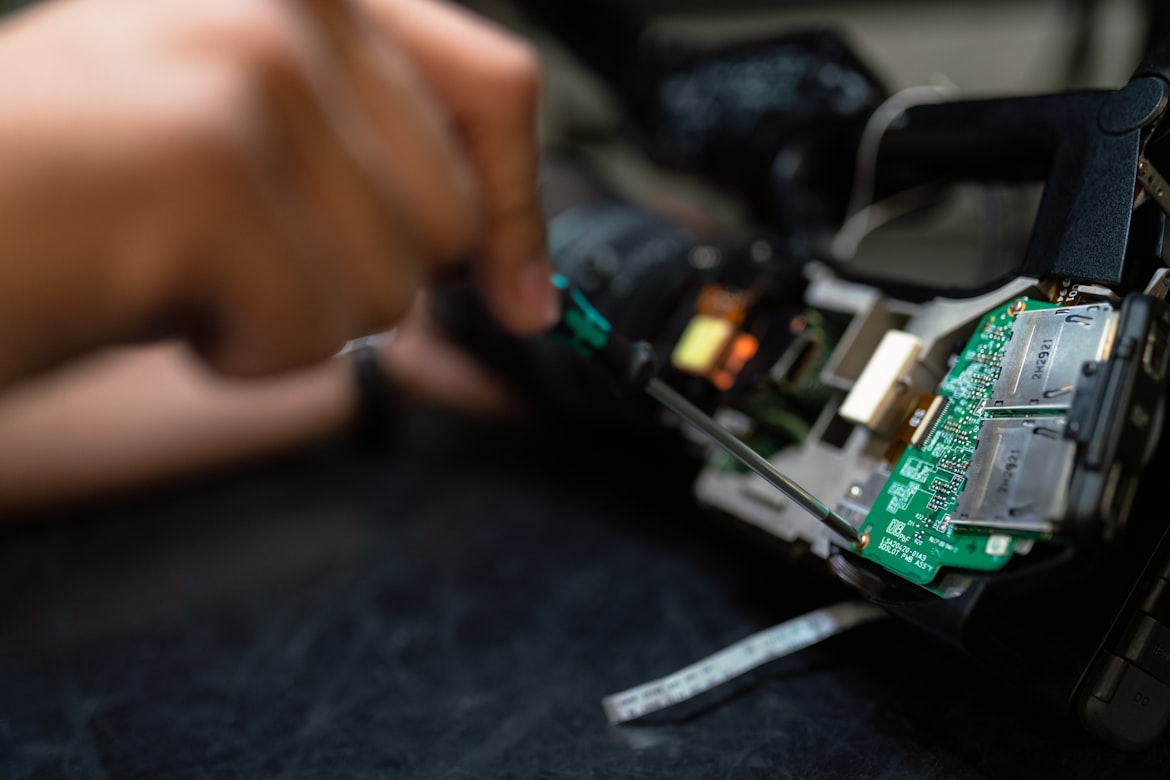The Heart's Blueprint
How Systems Biology Is Revolutionizing Cardiac Regeneration
A cellular symphony—that's what rebuilds a broken heart. For decades, heart failure after a heart attack meant irreversible damage. But today, scientists are decoding the molecular score that guides stem cells to regenerate heart tissue. Welcome to the era of systems biology, where big data meets cardiac repair.
Why Your Heart Can't Fix Itself (And How We're Changing That)

The human heart's regenerative capacity is vanishingly small—only ~1% of cardiomyocytes renew annually 2 . After injury, scar tissue replaces functional muscle, leading to progressive heart failure. Traditional therapies manage symptoms but fail to restore lost tissue.
Enter cardioregenerative medicine: a field harnessing stem cells to rebuild hearts. Early trials delivered modest results, not because stem cells lacked potential, but because we didn't understand their molecular language. Systems biology changes this by integrating genomics, proteomics, and metabolomics to map the heart's repair blueprint 1 4 .
The Systems Biology Toolkit: Decoding the Heart's Regenerative Code
Omics Technologies
Transcriptomics: RNA sequencing reveals genes driving cardiac differentiation. For example, NKX2-5 and GATA4 form core transcription networks guiding stem cells toward heart muscle fate 4 .
Proteomics: Mass spectrometry tracks >3,000 proteins in heart tissue. After infarction, proteins linked to metabolism and contraction crash, while stress-response proteins surge. Cell therapy reverses 85% of these changes .
Cardiac Development
Heart formation hinges on conserved pathways:
- WNT/β-catenin: Blocks early differentiation but promotes later-stage maturation 4 .
- Notch: Orchestrates valve and chamber development 4 .
Systems biology identifies how to reactivate these pathways in adult cells to enable regeneration.
Stem Cells in Cardiac Regeneration
| Cell Type | Source | Advantages | Limitations |
|---|---|---|---|
| Induced Pluripotent Stem Cells (iPSCs) | Patient's skin/blood | Patient-specific; Unlimited supply | Immature cells; Arrhythmia risk |
| Mesenchymal Stem Cells (MSCs) | Bone marrow, fat | Immunomodulatory; Paracrine signaling | Low engraftment; Scarce differentiation |
| Cardiac Progenitor Cells (CPCs) | Heart tissue | Heart-specific; Natural tropism | Limited quantity; Isolation challenges |
The Pivotal Experiment: Proteomics Unlocks Cell Therapy's Secret
Study Spotlight: Cardiopoietic Stem Cells Reverse Infarction-Induced Proteome Remodeling
Background
Cardiopoietic stem cells (CPCs)—primed from MSCs with cardiogenic factors—were tested in advanced heart failure trials. Functional benefits were seen, but their molecular impact was unknown.
Methodology: A Step-by-Step Systems Approach
- Heart Failure Model: Mice with induced heart attacks progressed to chronic heart failure.
- Cell Therapy: Human CPCs were injected into damaged hearts.
- Proteomic Analysis: Ventricular tissue underwent:
- Sequential protein extraction
- Multi-dimensional liquid chromatography
- Label-free tandem mass spectrometry
- Quantification of 3,987 cardiac proteins
- Systems Analysis: Functional clusters and networks were mapped using bioinformatics.
Results: The Molecular Reversal of Heart Failure
| Protein Category | Infarction-Induced Change | After CPC Therapy | Impact |
|---|---|---|---|
| Metabolism/Biosynthesis | +137% ↑ | Normalized | Restored energy production |
| Muscle Contraction | -62% ↓ | Partially restored | Improved contractility |
| Vasculogenesis | -49% ↓ | +88% ↑ | Enhanced blood vessel growth |
| Stress Response | +214% ↑ | Normalized | Reduced cellular damage |
Key Finding
CPCs reversed 85% of disease-altered protein clusters. Notably, they boosted vasculogenesis proteins (e.g., VEGF, angiopoietins) and cardiac developmental factors (e.g., TBX5), shifting hearts toward a regenerative state.
Why It Matters
This study proved cell therapy works beyond temporary rescue—it reprograms the heart's molecular landscape. Systems proteomics here acts as a "quality control" tool, ensuring therapies hit their targets.
The Scientist's Toolkit: Essential Reagents for Cardiac Systems Biology
| Reagent/Technology | Function | Example Use Cases |
|---|---|---|
| Mass Spectrometry Systems | Quantifies thousands of proteins/metabolites | Profiling infarcted heart proteomes |
| CRISPR-Cas9 Kits | Edits genes in stem cells | Correcting disease mutations in iPSCs |
| Cardiopoietic Cocktails | Growth factors (BMP, FGF) priming stem cells | Differentiating MSCs into CPCs |
| 3D Bioreactors | Mimics heart's mechanical/electrical cues | Maturating iPSC-derived cardiomyocytes |
| Single-Cell RNA Seq Kits | Resolves cell-specific gene expression | Identifying cardiac progenitor subpopulations |
The Future: Bioengineering Meets Systems Biology

Scaffolds & Hydrogels
CPC-loaded patches boost cell retention from <5% to >60% in infarcted hearts 7 .

Exosome Engineering
Vesicles from stem cells deliver pro-regenerative miRNAs without cell transplantation risks 5 .

In Vivo Reprogramming
Direct cardiac fibroblast conversion into cardiomyocytes using GATA4/MEF2C/TBX5 gene cocktails 6 .
Conclusion: From Data to Beating Hearts
Systems biology transforms cardiac regeneration from a shot in the dark to a precision science. By decoding the heart's molecular symphony, we're not just treating disease—we're engineering cures. As proteomics and bioengineering converge, the once-fantastical dream of healing broken hearts is becoming a clinical reality.
"The future of cardiology lies in speaking the heart's molecular language—and systems biology is our Rosetta Stone."